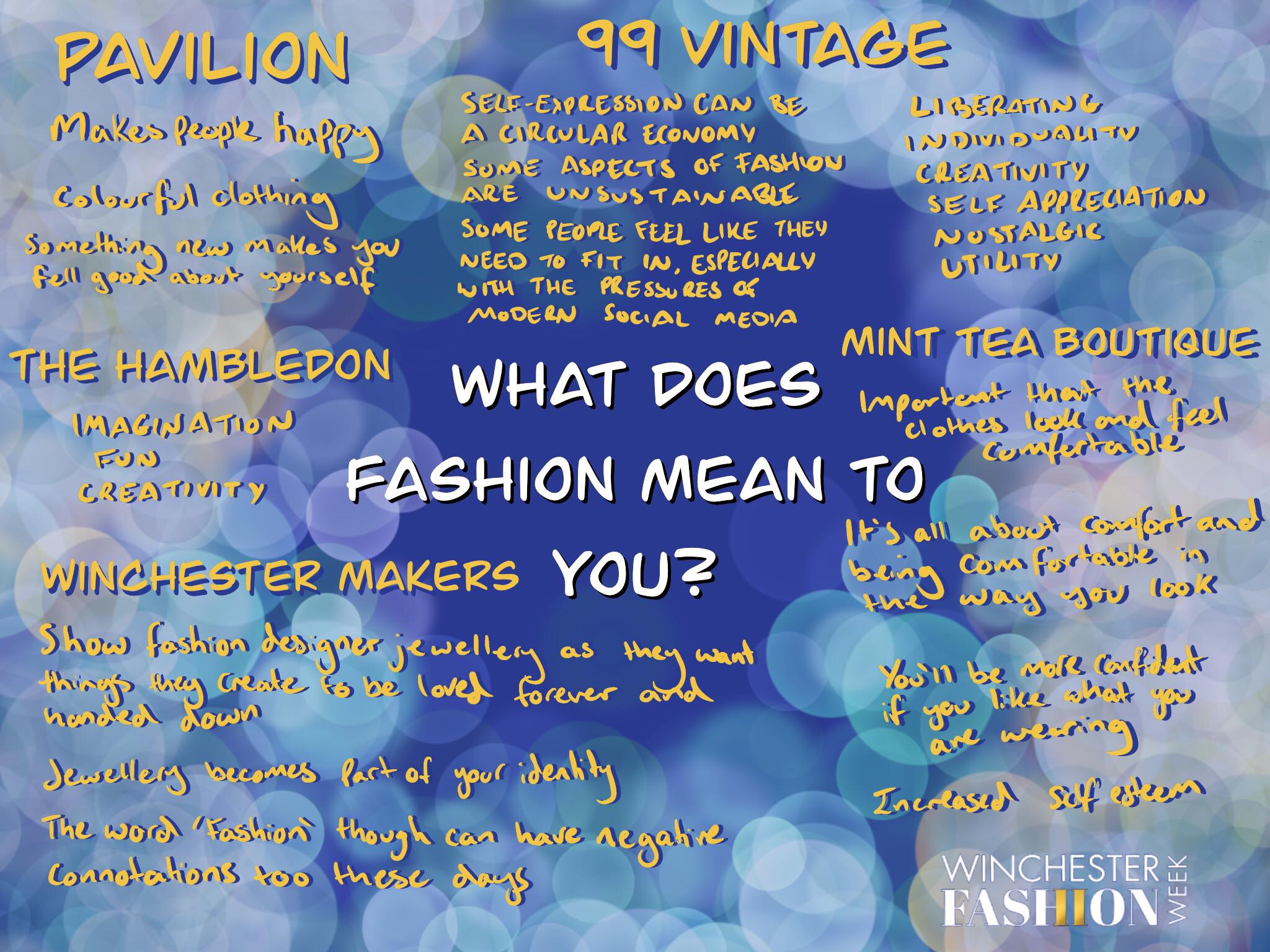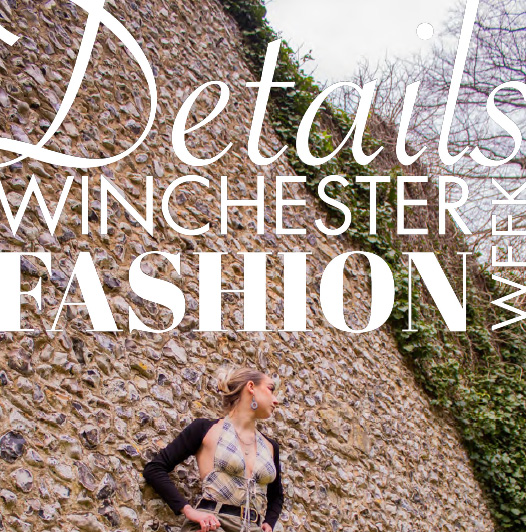Gen Z VS Fast Fashion by Laurie Kay
As a young person who has – in the last 12 months – become more aware of the fast fashion industry and of ways I can be sustainable, I’ve often found myself being torn between being trendy and being sustainable and, honestly, I think this is an issue many young people face. In a society where social media influences so much of our fashion, it’s easy to fall into the traps of unethical brands which all advertise heavily on social media apps such as Instagram and TikTok with influencers posting videos that promote these fast fashion brands whether that be through hauls or often paid promotions.
However, social media has had a huge impact on the rise of second hand/vintage clothing and apps such as Depop, Ebay, Vinted & Finds are becoming a hotspot for teens to get hold of either a classic Y2K baby tee or a pair of 70s flared pants. But second hand clothing hasn’t just taken off online – shopping in charity shops has become even more popular amongst teens and vintage stores are sprouting up in every town and city worldwide!
Whilst charity shops are there for anyone to shop at, five or six years ago the main customer base was not financially stable teens who are just searching for a cool graphic tee to pose on Instagram with. It was the people struggling to make ends meet that simply couldn’t afford to buy new that who used charity shops. Now, the charities are starting to realize the trend amongst young people and are inflating the prices of some of their donations (often the well-made vintage pieces GenZ will go mad for) and leaving the cheaply made pieces at the affordable prices. Whilst everyone has the right to shop at these places, it’s important that people – especially young people – don’t just see shopping second hand as a trend that, like all trends, will eventually die out – leaving them with a pile of clothes they may just send to landfill; defeating the purpose of shopping second hand.
As well as charity shops becoming aware of the trend amongst teens, brands such as Ed Hardy – a popular brand worn by the likes of Madonna and Britney Spears in the early 2000s – collaborating with Misguided – (https://directory.goodonyou.eco/brand/missguided). Even though this may be good for business, it means a brand that was being consumed sustainably by teens via Depop, eBay and In-Store small vintage shops is now easily accessible and is being made with cheap quality fabrics and potentially exploitative, unethical practices.
However, Misguided isn’t the only brand tapping in on the trend. SHEIN and H&M have come out with hundreds of designs inspired by the noughties and nineties. Again, meaning people don’t have to buy this type of clothing second hand because it’s there in all sizes, ready to be shipped the next day and at a relatively low cost!
Now, you may be asking yourself: “What’s the solution” and honestly… I can’t give you the answer to that just yet. There is no quick fix to solving the fashion crisis – these brands will always be there and people will always buy from them, however, there are small steps we can take to solve this issue. One of the easiest steps we can take is by (if possible) wearing, loving, swapping, mending and lending the clothes we already have in our wardrobes, instead of buying new ones. Now, I know this is easier said than done but it’s possible and if as many people can get behind the slow fashion movement, we can have a great impact.


